Automotive Industry Growth
The automotive industry is a significant contributor to the tempered glass market, as manufacturers increasingly utilize tempered glass for vehicle windows and sunroofs. The demand for lightweight and fuel-efficient vehicles has prompted automakers to seek materials that enhance performance while ensuring safety. Tempered glass, known for its strength and shatter resistance, aligns with these requirements. Recent data indicates that the automotive sector is expected to grow at a rate of around 5% annually, which could lead to a corresponding increase in the consumption of tempered glass. Furthermore, the rising trend of electric vehicles, which often feature large glass surfaces, is likely to further propel the demand for tempered glass. As such, the automotive industry's growth presents a substantial opportunity for the tempered glass market.
Increased Focus on Safety Standards
The heightened emphasis on safety standards across various industries is a crucial driver for the tempered glass market. Regulatory bodies are implementing stricter safety regulations, particularly in construction and automotive sectors, mandating the use of safety glass. Tempered glass, with its ability to withstand impact and reduce injury risk, is increasingly being specified in safety regulations. For instance, building codes often require tempered glass in areas prone to breakage, such as shower doors and glass railings. This regulatory push is expected to sustain the demand for tempered glass, as compliance with safety standards becomes non-negotiable for manufacturers and builders alike. The tempered glass market is thus likely to benefit from these evolving safety requirements, ensuring a steady growth trajectory.
Rising Demand in Construction Sector
The construction sector is experiencing a notable surge in demand for tempered glass, driven by its superior strength and safety features. As urbanization accelerates, architects and builders increasingly prefer tempered glass for facades, windows, and partitions. The tempered glass market is projected to witness a compound annual growth rate of approximately 6% over the next few years, reflecting the growing preference for durable and aesthetically pleasing materials. This trend is further supported by stringent building codes and regulations that emphasize safety, thereby enhancing the appeal of tempered glass in construction projects. Additionally, the increasing focus on energy efficiency in buildings is likely to bolster the demand for tempered glass, as it offers excellent thermal insulation properties. Consequently, the construction sector's expansion is a pivotal driver for the tempered glass market.
Growing Demand for Energy-Efficient Solutions
The increasing awareness of energy efficiency is driving demand for tempered glass in various applications, particularly in the construction sector. As energy costs rise and environmental concerns grow, builders and architects are seeking materials that contribute to energy savings. Tempered glass, with its excellent insulation properties, plays a vital role in energy-efficient building designs. The tempered glass market is poised to benefit from this trend, as more projects incorporate energy-efficient solutions to meet regulatory requirements and consumer expectations. Recent studies suggest that buildings utilizing high-performance glass can achieve significant reductions in energy consumption, further solidifying the role of tempered glass in sustainable construction practices. This growing demand for energy-efficient solutions is likely to propel the tempered glass market forward.
Technological Innovations in Glass Manufacturing
Technological advancements in glass manufacturing processes are significantly influencing the tempered glass market. Innovations such as automated production lines and advanced tempering techniques are enhancing the efficiency and quality of tempered glass products. These technologies not only reduce production costs but also improve the consistency and performance of the glass. For instance, the introduction of digital printing on tempered glass allows for greater customization and aesthetic appeal, catering to consumer preferences. Moreover, the integration of smart technologies, such as self-cleaning and energy-efficient coatings, is likely to create new market opportunities. As manufacturers adopt these innovations, the tempered glass market is expected to expand, driven by enhanced product offerings and improved manufacturing capabilities.


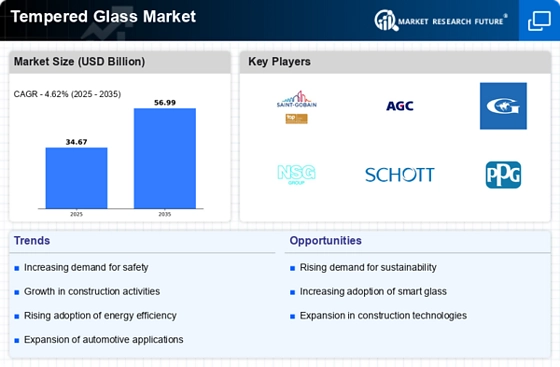

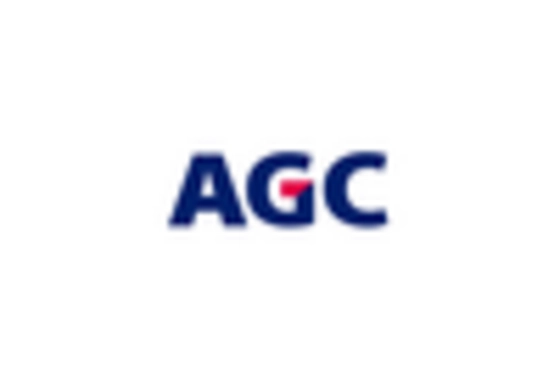
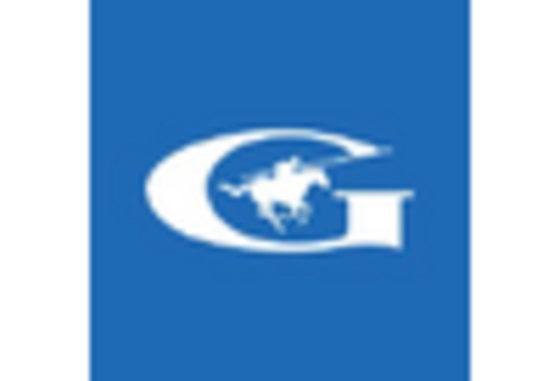
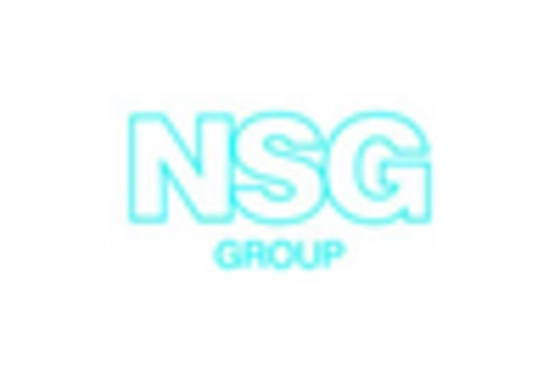
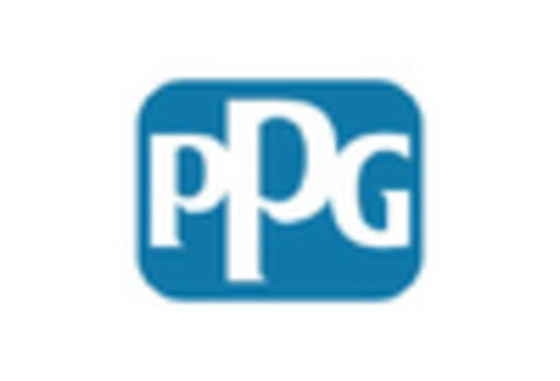

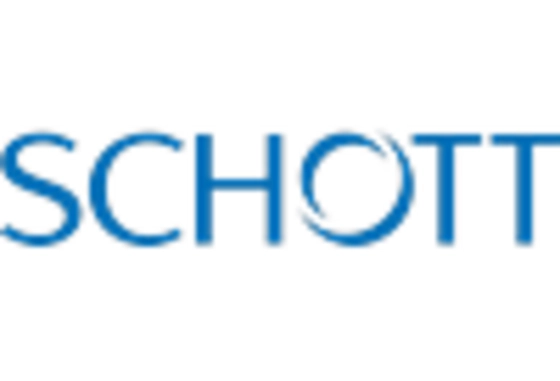








Leave a Comment